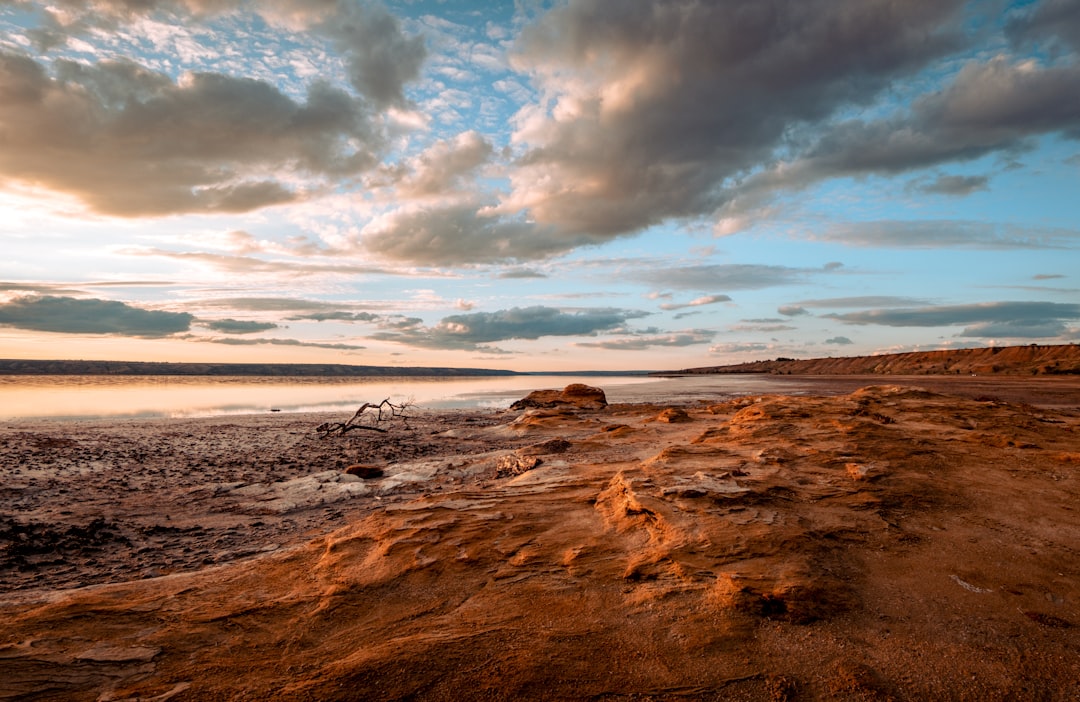What is it about?
This paper investigates an extreme Koshava episode (EKE) which occurred at the beginning of 2014. Koshava is a local wind in southeast Europe. Koshava is typically strong wind, but this EKE was extremely vigorous. Wind gusts were above 45 m/s and the whole event was a blizzard with snow drifts as deep as 4 m. We investigated synoptic weather conditions which resulted in this EKE. Furthermore, we analyzed local and mesoscale factors responsible for this wind hazard. Lastly, the whole event was numerically simulated using Weather Research and Forecasting (WRF) models (NMM core) with several different settings. It has been concluded that numerical models are not capable of fully capturing and reproducing such high wind velocities.
Featured Image
Why is it important?
- The strongest Koshava event ever analyzed in a peer-reviewer paper - Contributing factors to extremely high wind speeds were identified and analyzed - First numerical simulation of such a strong Koshava event - Drawbacks of numerical models to simulate extreme wind events are identified - Vertical structure of the Koshava layer is investigated using thermodynamic diagrams
Perspectives
I really enjoyed working on this paper with my co-authors. This paper addresses an extreme weather situation and thus presented results are very interesting. For example, we showed that the probability of occurrence of anticyclone which created this extreme wind episode was below 0.1 %. Since this is very small number indeed, we spent a lot of time trying to figure out if there is a mistake in our calculations, but there wasn't. It is simply unlikely to have an anticyclone with a central pressure above 1055 hPa positioned in a geographical region favourable to cause strong Koshava. Paper contains a lot of interesting analysis... emagrams, numerical modelling using WRF and several different model's settings, pressure gradient analysis, etc. Please take a look and let me know what you think about it...
Dr Djordje Romanic
McGill University
Read the Original
This page is a summary of: Investigation of an extreme Koshava wind episode of 30 January-4 February 2014, Atmospheric Science Letters, December 2015, Wiley,
DOI: 10.1002/asl.643.
You can read the full text:
Contributors
The following have contributed to this page










